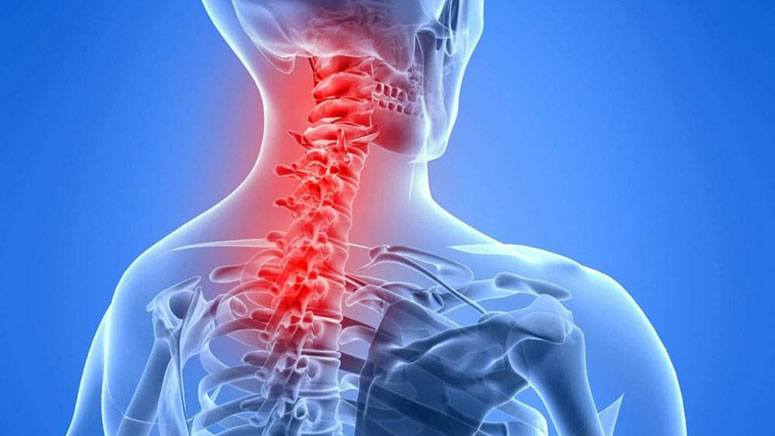Common symptoms

Cervical spinal stenosis ordinarily affects your neck or lower back. Not every person presents with symptoms, however, some individuals can present with; swelling, deadness, and back pain. Numerous individuals have proof of spinal stenosis on an MRI or CT examination and yet do not present with symptoms. Symptoms differ contingent upon the area of the stenosis and which nerves are influenced.
- At the neck (the cervical spine)
- Deadness or shivering in a hand, foot arm, or leg
- The shortcoming in a hand, arm, foot, or leg
- Problem with strolling and equilibrium
- Neck pain
- In serious cases, entrail or bladder injury (urinary direness and incontinence)
- Sciatica and foot drop – Sciatica is a shooting pain at the bottom of your leg and it begins as an ache in the buttocks or lower back. It commonly occurs when there is irritation of the nerves. Foot drop is an agonizing weakness in the leg that may make you “hit” your foot on the ground. It occurs commonly when there is damage to the common peroneal nerve.
- Difficulty strolling or standing – When an individual decides to stand or take a walk, the vertebra canal is compressed and this results in pain. It’ll become hard to perform basic home chores like cleaning, sweeping, or even taking a shower.
- Loss of control in the bladder or bowel – In cases that are extreme, it debilitates the nerves to the bladder or gut. This affects the bladder or bowel control. You may experience a constant need to use the toilet and the inability to keep it in when there’s no restroom available. There may also be a difference in the frequency at which you need to use the restroom.
- Radicular ache, myelopathy, cauda equina disorder, and radiculopathy
- Radicular ache: An ache that emanates, or dashes away from your spine into your arms and legs
- Radiculopathy: Cervical spinal stenosis that pushes on the base of your spinal nerves can cause paralysis, shivering, or ache in your arms and legs
- Myelopathy [2]: At the point when the spinal cord is compressed, you may feel weakness, shivering, or shortcoming in your arms and legs. It can also affect a different part of the body, similar to your bowel and bladder.
- Cauda Equina disorder [3]: This is the part of nerves at the lower part of your spinal cord. On the off chance that spinal stenosis packs this part, you may lose feeling in your pelvic territory, or have issues with incontinence [4]. This can cause perpetual nerve harm on the off chance if you don’t treat it. This is a health-related crisis.
In case you’re having symptoms, talk them over with your primary care physician. In case you’re having a deficiency of bladder or bowel control, call your PCP immediately or visit a hospital.
References
[1] https://www.aans.org/en/Patients/Neurosurgical-Conditions-and-Treatments/Lumbar-Spinal-Stenosis
[2] https://www.pennmedicine.org/for-patients-and-visitors/patient-information/conditions-treated-a-to-z/myelopathy
[3] https://journals.lww.com/continuum/fulltext/2018/04000/disorders_of_the_cauda_equina.13.aspx
[4] https://www.webmd.com/urinary-incontinence-oab/everything-managing-incontinence













